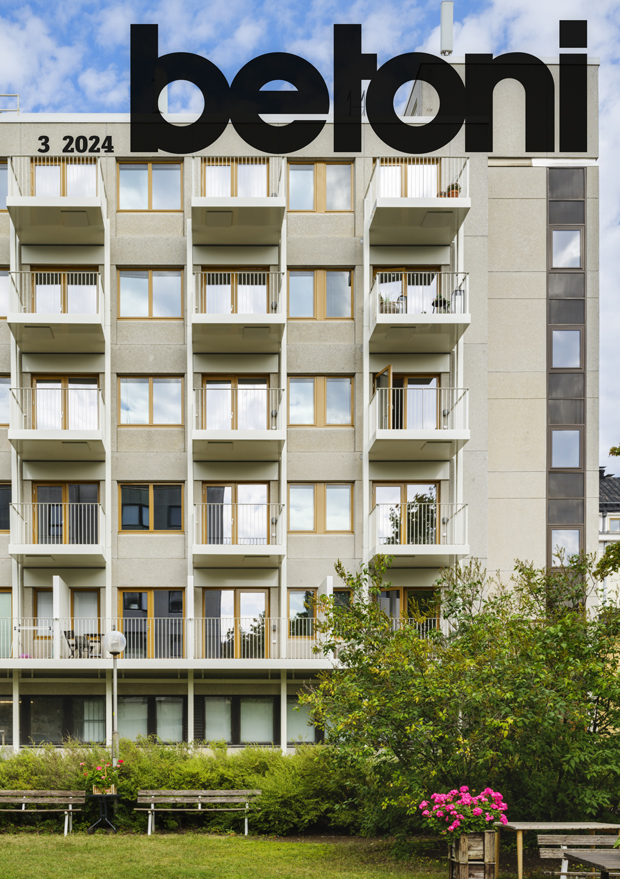In English | ISSUE 2/2023
Biodiversity is a major challenge to construction industry

It has been estimated that the threat posed by the degradation of biodiversity and loss of nature is as severe as climate change.
The most important reasons for the degradation of biodiversity and loss of nature are changes in natural habitats which can be permanent. These changes are caused by, for example, intensive agricultural production, construction, excavation, and over-exploitation of forests, water and soil.
From the viewpoint of concrete construction, impacts on loss of nature must be analysed over the entire value chain, from the excavation of limestone for cement to the use and demolishing of buildings.
However, stone-based building products allow denser and higher building, which saves natural environments. With urban building becoming denser, one solution is to move cars and parking facilities underground and build green areas on top of them. A third important means to make an impact is through product properties.
Biodiversity is the basis of prerequisites for life. Biodiversity is defined to comprise three levels: ecosystem diversity, species diversity and genetic diversity.
Many of the larger construction businesses have already started activities related to biodiversity. In the construction industry, biodiversity can be impacted by the following means, for example:
Sustainable planning and construction, taking environmental and ecological aspects into consideration. This covers e.g., designing energy-efficient buildings, using renewable energy sources, saving water, enhancing biodiversity, and selecting durable building materials.
Consideration of the preservation and enhancement of biodiversity in the planning and implementation of construction projects. This could refer to the use of green roofs and walls, planning and maintenance of parks and green areas, as well as protection and restoration of natural waters.
Increasing the use of recycled and renewable materials in construction to reduce environmental impact.
Consideration of the whole lifecycle of buildings, not just the construction stage. This can cover the maintenance of buildings, improvement of energy efficiency in existing buildings as well as demolition of buildings and recycling of materials. In addition, the restoration of old buildings for reuse can offer a sustainable alternative to new building.




